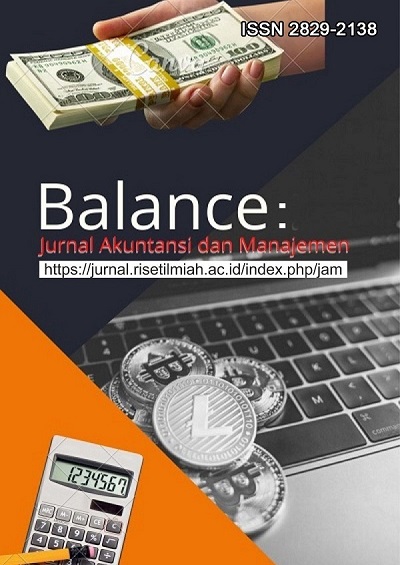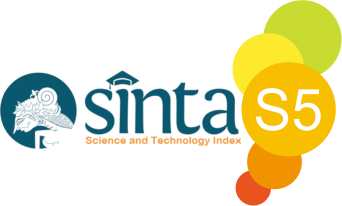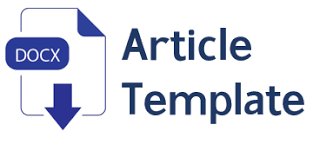Penerapan Metode Belanja Barang dan Jasa Pemerintah Melalui Sistem E-Purchasing (E-katalog) di RSUD Dr. Soetomo
DOI:
https://doi.org/10.59086/jam.v4i2.1068Keywords:
Procurement of goods and services, E-catalogAbstract
This study aims to describe the implementation of the government procurement method of goods and services through the e-purchasing system (e-catalog) at Dr. Soetomo Regional General Hospital, find out the method of the e-purchasing system (e-catalog) to fulfill procurement planning of goods and services. The method in data analysis uses descriptive qualitative, data studied is a summary of methods and types of procurement. Data collection techniques used include interviews, observations, and documentation. The results of this study indicate that 2024 recapitulation 1,168 goods, 2 construction services, 3 consulting services, and 31 other services used e-catalogs. More goods are displayed in e-catalogs than services, as services can contact their providers directly and require meetings to complete projects. E-catalog system is simple, effective, efficient, and on target. E-catalog has obstacles such as frequent application errors, unmet product needs, and the inability to provide services within the specified time period without a contract. The criteria for selecting goods and services providers include permits, good reviews, and product prices that meet the requirements. Late delivery or exceeding the deadline will be subject to sanctions. Benefits of e-catalogs that work in government can facilitate fulfillment of goods and services, simplify monitoring and maintenance process related communication process between all parties involved. Its advantages include ensuring certainty technical specifications of goods or services ordered and ensuring appropriate prices. Researchers gain information and experience from this research about e-catalog system.
Downloads
References
Annisa, N. (2018). Penerapan Sistem E-Procurement dalam Pengadaan Barang dan Jasa di Kantor Unit Layanan Pengadaan ( ULP ) Kabupaten Maros. Universitas Muhammadiyah Makassar.
Azwar, S. (2010). Metode Penelitian. Pustaka Pelajar.
Chaidir, L. A. P., & Susanti, E. (2024). Implementasi E-Purchasing pada Proses Pengadaan Barang dan Jasa Secara Elektronik di Kecamatan Tebet Jakarta Selatan. Jurnal Kajian Ekonomi & Bisnis Islam, 5(8), 3615–3635.
Croom, S., & Brandon, J. A. (2007). Impact of e-procurement: Experiences from implementation in the UK public sector. Journal of Purchasing and Supply Management, 13(4), 294–303.
Haidir, A., & Maliki, B. I. (2024). Penerapan Kebijakan E-Purchasing dan Dampaknya Terhadap Eksistensi POKJA Pemilihan. Jurnal Pengadaan Barang/Jasa (JPBJ), 3(1), 19–28.
LKPP. (2023). Modul Pengantar Pengadaan Barang/Jasa pemeritah (H. Afriansyah (ed.)). Lembaga Kebijakan Pengadaan Barang/Jasa Pemerintah.
Lysons, K., & Farrington, B. (2016). Procurement and Supply Chain Management. Pearson.
Permatasari, M. (2016). Gambaran Pengadaan Obat dengan Metode E-Purchasing di Rumah Sakit Umum Daerah Sleman Yogyakarta Periode Tahun 2014. Universitas Islam Indonesia.
PERPRES. (2018). Peraturan Presiden Republik Indonesia Nomor 16 Tahun 2018 Pengadaan Barang/Jasa Pemerintah.
PERPRES. (2021). Peraturan Presiden (Perpres) Nomor 12 Tahun 2021 tentang Perubahan atas Peraturan Presiden Nomor 16 Tahun 2018 tentang Pengadaan Barang/Jasa Pemerintah.
Purwanto. (2008). Analisis Manajemen Logistik Obat di Puskesmas Kabupaten Sidoarjo. Airlangga University.
Ramadhan, M. (2021). Metodologi Penelitian. Cipta Media Nusantara.
Sugiyono. (2018). Metode Penelitian Kombinasi (Mixed Methods). Alfabeta.
Tersiana, A. (2018). Metode Penelitian. Yogyakarta.
Downloads
Published
How to Cite
Issue
Section
License
Copyright (c) 2025 Paryono; Komarun Zaman, Aisyah Darti Megasari

This work is licensed under a Creative Commons Attribution 4.0 International License.
This is an open-access journal. All works are published under the Creative Commons license CC-BY which means that all content is freely available at no charge to the user or his/her Institution. Users are allowed to read, download, copy, write, improve, and create derivative creation even for other lawful purposes, this license permits anyone to, as long as they cite and license the derivative creation under similar terms

This work is licensed under a Creative Commons Attribution 4.0 International License.


















